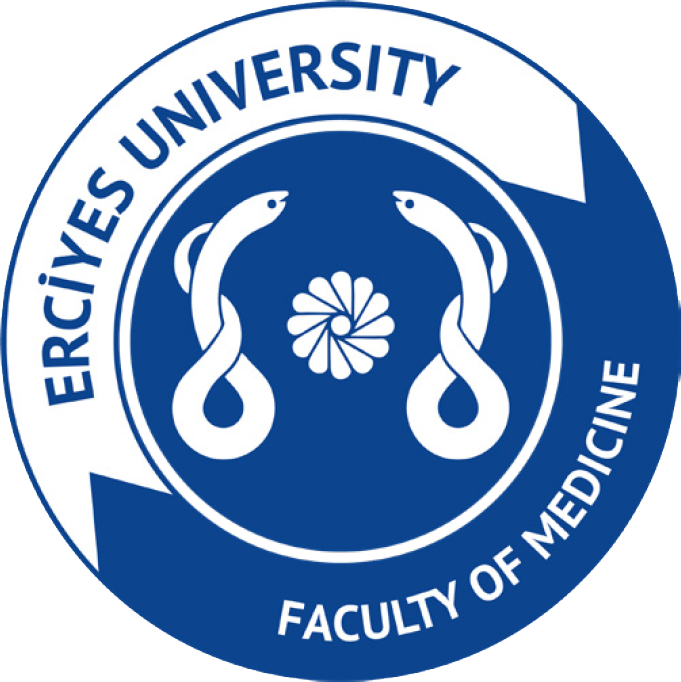2Department of Radiology, Selçuk University, Faculty of Medicine, Konya, Türkiye
3Department of Anatomy, Selçuk University, Faculty of Medicine, Konya, Türkiye
4Department of Anatomy, Akdeniz University, Faculty of Medicine, Antalya, Türkiye
Abstract
Objective: The azygos system serves as a vital pathway between the superior and inferior vena cava in cases of obstruction. Despite its significance, there is a lack of detailed imaging studies describing its anatomy. Accurate characterization of its appearance and dimensions on computed tomography is essential, as it may be mistaken for lymph nodes or masses. This study aimed to define the azygos system using computed tomography.
Materials and Methods: Thoracic computed tomography images from 300 individuals (aged 18-87 years) were analyzed. The study assessed the level at which the azygos vein drains into the superior vena cava, the highest point of the azygos arch, and the course and diameter of the azygos vein. Additionally, the presence, termination levels, and diameters of the hemiazygos and accessory hemiazygos veins were recorded.
Results: The azygos vein most commonly drained into the superior vena cava at the level of the fifth thoracic vertebra. In only 23 individuals did the azygos vein course on the right of the midline. The mean diameters of the azygos, hemiazygos, and accessory hemiazygos veins were 6.37 mm, 3.95 mm, and 3.12 mm, respectively.
Conclusion: This study is significant in demonstrating that the junction of the azygos vein with the superior vena cava junction most commonly occurs at the level of the fifth thoracic vertebra. Additionally, the azygos vein reaches the midline in 53% of cases and crosses to the left in 39%.


